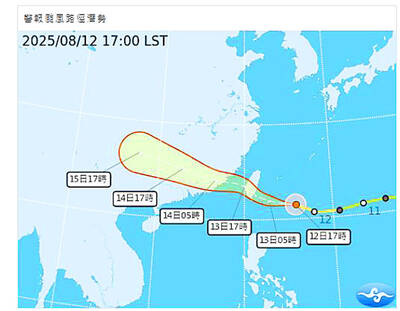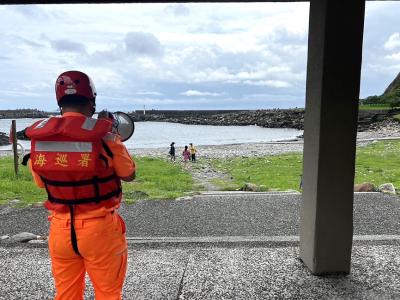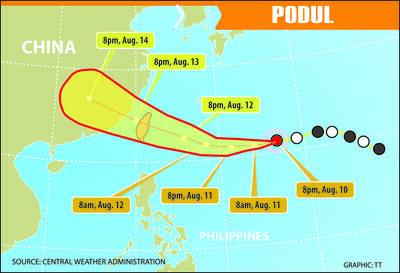Forgot to de-friend your wife on Facebook while posting vacation shots of your mistress? Her divorce lawyer will be thrilled.
Over-sharing on social networks has led to an overabundance of evidence in divorce cases. The American Academy of Matrimonial Lawyers says 81 percent of its members have used or faced evidence plucked from Facebook, MySpace, Twitter and other social networking sites, including YouTube and LinkedIn, over the last five years.
“Oh, I’ve had some fun ones,” said Linda Lea Viken, president-elect of the 1,600-member group.
“It’s very, very common in my new cases,” she said.
Facebook is the unrivaled leader for turning virtual reality into real-life divorce drama, Viken said. Sixty-six percent of the lawyers surveyed cited Facebook foibles as the source of online evidence, she said. MySpace followed with 15 percent, followed by Twitter at 5 percent.
About one in five adults uses Facebook for flirting, according to a 2008 report by the Pew Internet and American Life Project.
However, it is not just kissy pix with the manstress or mistress that show up as evidence. Think of Dad forcing son to de-friend mom, bolstering her alienation of affection claim against him.
“This sort of evidence has gone from nothing to a large percentage of my cases coming in, and it’s pretty darn easy,” Viken said.
Neither Viken, in South Dakota, nor other divorce attorneys would besmirch the attorney-client privilege by revealing the identities of clients, but they spoke in broad terms about some of the goofs they have encountered:
—Husband goes on Match.com and declares his single, childless status while seeking primary custody of said nonexistent children.
—Husband denies anger management issues, but posts on Facebook in his “write something about yourself” section: “If you have the balls to get in my face, I’ll kick your ass into submission.”
—Mom denies in court that she smokes marijuana, but posts partying, pot-smoking photos of herself on Facebook.
The disconnect between real life and online is hardly unique to partners de-coupling in the US. A DIY divorce site in the United Kingdom, Divorce-Online, reported the word “Facebook” appeared late last year in about one in five of the petitions it was handling.
Divorce attorneys Ken and Leslie Matthews, do not see quite as many online gems. They estimated 1 in 10 of their cases involves such evidence, compared to a rare case or no cases at all in each of the last three years.
Regardless, it is powerful evidence to plunk down before a judge, they said.
“You’re finding information that you just never get in the normal discovery process — ever,” Leslie Matthews said.
“People are just blabbing things all over Facebook. People don’t yet quite connect what they’re saying in their divorce cases is completely different from what they’re saying on Facebook. It doesn’t even occur to them that they’d be found out,” she said.
Social networks are also ripe for divorce-related hate and smear campaigns among battling spousal camps, sometimes spawning legal cases of their own.
“It’s all pretty good evidence,” Viken said.
“You can’t really fake a page off of Facebook. The judges don’t really have any problems letting it in,” she said.

DEFENSE: The first set of three NASAMS that were previously purchased is expected to be delivered by the end of this year and deployed near the capital, sources said Taiwan plans to procure 28 more sets of M-142 High Mobility Artillery Rocket Systems (HIMARS), as well as nine additional sets of National Advanced Surface-to-Air Missile Systems (NASAMS), military sources said yesterday. Taiwan had previously purchased 29 HIMARS launchers from the US and received the first 11 last year. Once the planned purchases are completed and delivered, Taiwan would have 57 sets of HIMARS. The army has also increased the number of MGM-140 Army Tactical Missile Systems (ATACMS) purchased from 64 to 84, the sources added. Each HIMARS launch pod can carry six Guided Multiple Launch Rocket Systems, capable of

GET TO SAFETY: Authorities were scrambling to evacuate nearly 700 people in Hualien County to prepare for overflow from a natural dam formed by a previous typhoon Typhoon Podul yesterday intensified and accelerated as it neared Taiwan, with the impact expected to be felt overnight, the Central Weather Administration (CWA) said, while the Directorate-General of Personnel Administration announced that schools and government offices in most areas of southern and eastern Taiwan would be closed today. The affected regions are Tainan, Kaohsiung and Chiayi City, and Yunlin, Chiayi, Pingtung, Hualien and Taitung counties, as well as the outlying Penghu County. As of 10pm last night, the storm was about 370km east-southeast of Taitung County, moving west-northwest at 27kph, CWA data showed. With a radius of 120km, Podul is carrying maximum sustained

Tropical Storm Podul strengthened into a typhoon at 8pm yesterday, the Central Weather Administration (CWA) said, with a sea warning to be issued late last night or early this morning. As of 8pm, the typhoon was 1,020km east of Oluanpi (鵝鑾鼻), Taiwan’s southernmost tip, moving west at 23kph. The storm carried maximum sustained winds of 119kph and gusts reaching 155kph, the CWA said. Based on the tropical storm’s trajectory, a land warning could be issued any time from midday today, it added. CWA forecaster Chang Chun-yao (張竣堯) said Podul is a fast-moving storm that is forecast to bring its heaviest rainfall and strongest

TRAJECTORY: The severe tropical storm is predicted to be closest to Taiwan on Wednesday and Thursday, and would influence the nation to varying degrees, a forecaster said The Central Weather Administration (CWA) yesterday said it would likely issue a sea warning for Tropical Storm Podul tomorrow morning and a land warning that evening at the earliest. CWA forecaster Lin Ting-yi (林定宜) said the severe tropical storm is predicted to be closest to Taiwan on Wednesday and Thursday. As of 2pm yesterday, the storm was moving west at 21kph and packing sustained winds of 108kph and gusts of up to 136.8kph, the CWA said. Lin said that the tropical storm was about 1,710km east of Oluanpi (鵝鑾鼻), Taiwan’s southernmost tip, with two possible trajectories over the next one